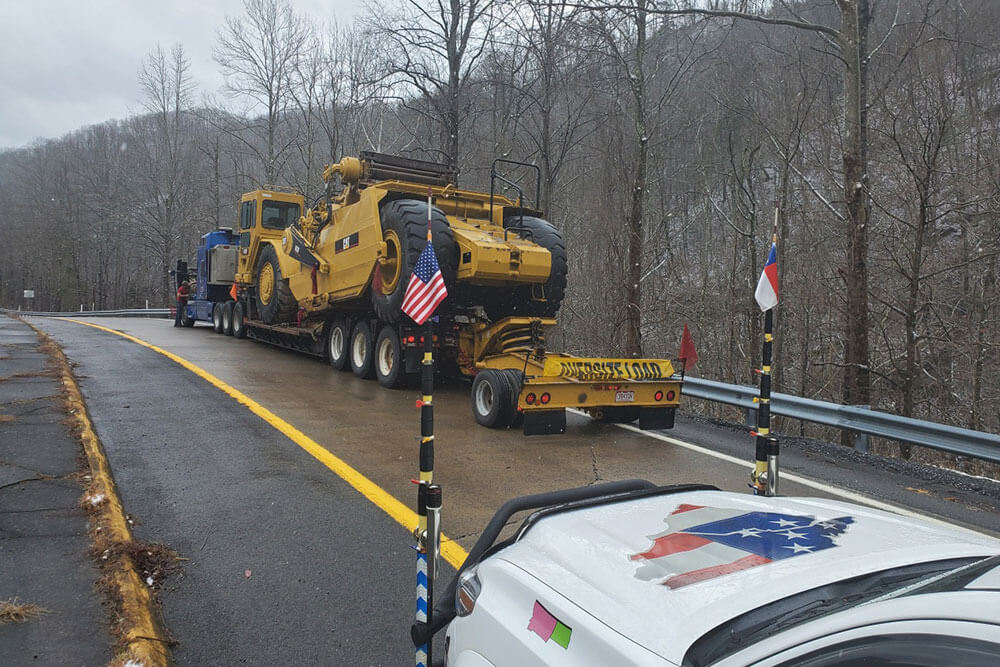When it comes to oversize load transportation, effective communication between pilot cars and drivers is crucial to ensuring a safe and smooth journey. Pilots play a key role in guiding drivers along routes, providing warnings about potential hazards, and helping to navigate challenging road conditions. In this article, we will explore the importance of communication between pilot cars and drivers and provide tips for improving this essential aspect of oversize load transportation.
Importance of Communication
Communication between pilot cars and drivers is essential for several reasons:
- Safety: Clear communication helps prevent accidents and ensures that all vehicles on the road are aware of the presence of oversize loads.
- Efficiency: Effective communication allows for better coordination between pilots and drivers, helping to minimize delays and keep the transport process running smoothly.
- Compliance: Proper communication ensures that everyone involved in the transport process is aware of regulatory requirements and can adhere to them effectively.
Tips for Effective Communication
To enhance communication between pilot cars and drivers, consider the following tips:
- Use Two-Way Radios: Two-way radios are an essential tool for communicating between pilot cars and drivers. Ensure that all vehicles are equipped with functioning radios and establish clear communication protocols before starting the journey.
- Establish Clear Signals: Develop a set of clear signals that can be used to communicate essential information quickly and effectively. This can include signals for turning, stopping, or warning about hazards ahead.
- Maintain Constant Contact: Encourage pilots and drivers to maintain constant contact throughout the journey, providing updates on road conditions, traffic, and any other relevant information.
- Plan Ahead: Before embarking on a journey, ensure that all parties involved are briefed on the route, potential hazards, and any special requirements for the oversize load.
- Stay Alert: Encourage pilots and drivers to stay focused and alert at all times, remaining vigilant for any changes in road conditions or unexpected obstacles.
- Review and Debrief: After completing a journey, take the time to review the communication process and discuss any areas for improvement in future transports.
Regulations in the United States and Canada
It is essential to be aware of the regulations governing oversize load transportation in the United States and Canada. Each state and province may have specific requirements regarding pilot car escorting, including the number of pilot cars required, escort vehicle specifications, and communication protocols.
Before transporting an oversize load, be sure to familiarize yourself with the regulations in the states and provinces through which you will be traveling to ensure compliance and avoid any potential issues during the journey.
Final Thoughts
Effective communication between pilot cars and drivers is an essential component of oversize load transportation. By prioritizing clear and constant communication, adhering to regulations, and staying alert throughout the journey, you can help ensure a safe and successful transport process. Remember, communication is key to a smooth and efficient oversize load transport operation.

